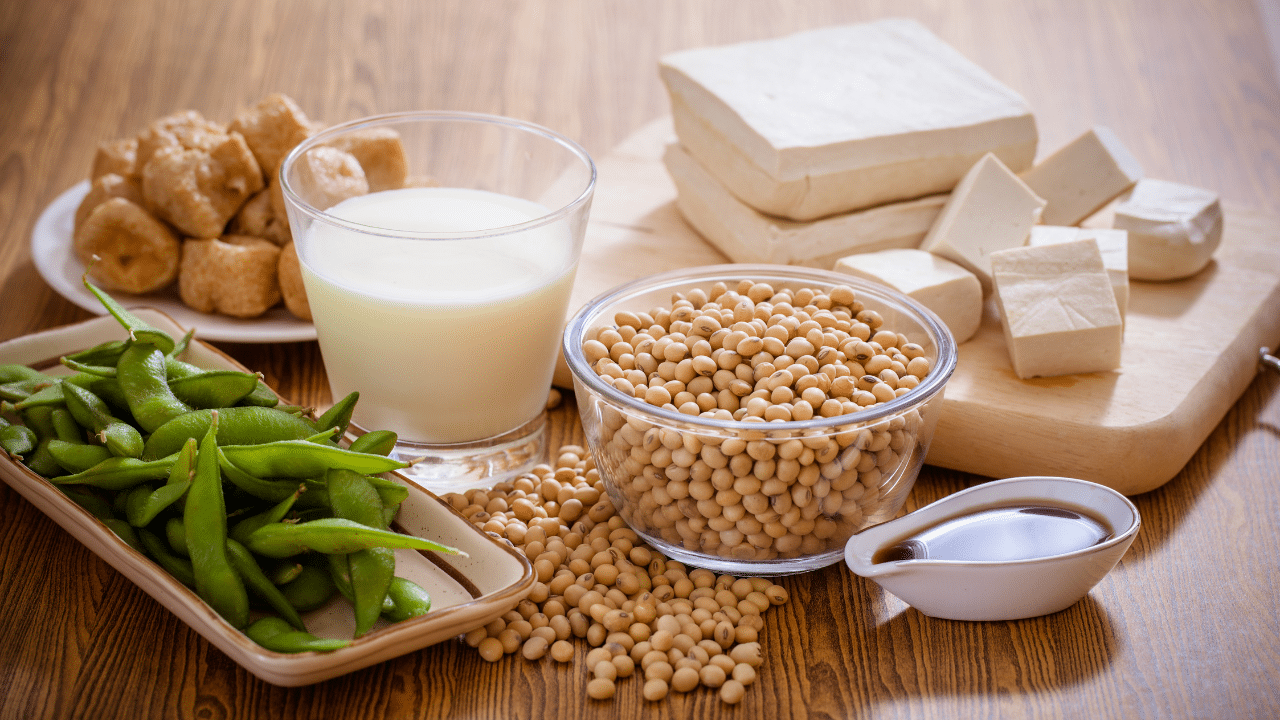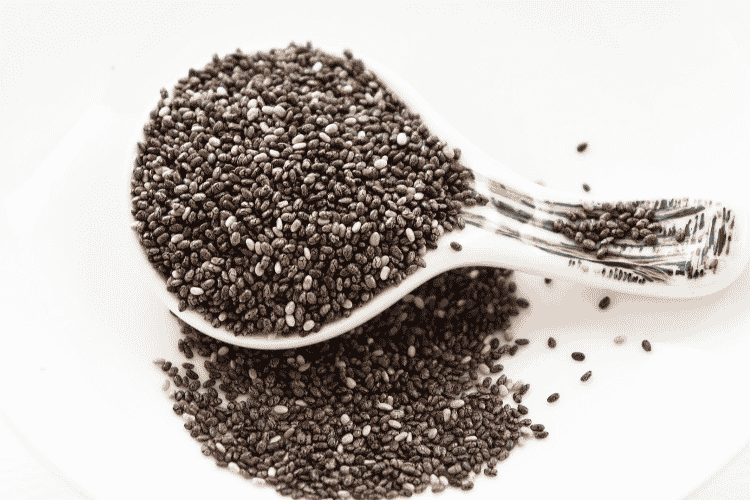
8 Ways To Beat Sugar Cravings
In the world of fantasy wish lists, wouldn’t it be great if—instead of prompting us to snack all the time—our bodies would just use up fat we have already stored?
One major reason this doesn’t happen has to do with our diets. When you consume starch and refined sugar, these foods enter the bloodstream quickly, causing a sugar spike. Your body then produces the hormone insulin to drive that sugar from your bloodstream into cells. But over time, excessive levels of insulin can make your muscle cells lose sensitivity to the hormone, leading to type 2 diabetes and heart disease. Your fat cells are another story: They always remain sensitive. Insulin spikes lock fat into them, so you can’t use it for energy.
How do you break this cycle and get your body to work optimally again? Happily, you don’t need to go on an extreme diet. The first step is just to reduce the blood sugar spikes that produce sharp increases of insulin. The substance in our diet that’s most responsible for these surges is starch—namely, anything made from potatoes, rice, flour, corn, or other grains. (Think pasta, lasagna, white bread, doughnuts, cookies, and cakes.) You could cut out these foods entirely. But wouldn’t it be great if there were a way to solve the problem without completely eliminating these carbs?
It turns out there is. You can blunt the blood sugar-raising effects by taking advantage of natural substances in foods that slow carbohydrate digestion and entry into the bloodstream. No matter what kind of sugar blocker you use, your waistline (and health) will win in the end.
Table of Contents
Have a fatty snack 10 to 30 minutes before your meals.
Reason: You remain fuller longer. At the outlet of your stomach is a muscular ring, the pyloric valve. It regulates the speed at which food leaves your stomach and enters your small intestine. This valve is all that stands between the ziti in your stomach and a surge of glucose in your bloodstream. But you can send your pyloric valve a message to slow down. Fat triggers a reflex that constricts the valve and slows digestion. As little as a teaspoon of fat—easily provided by a handful of nuts or a piece of cheese—will do the trick, provided you eat it before your meal.
Start your meal with a salad.
Reason: It soaks up starch and sugar. Soluble fiber from the pulp of plants—such as beans, carrots, apples, and oranges—swells like a sponge in your intestines and traps starch and sugar in the niches between its molecules. Soluble means “dissolvable”—and indeed, soluble fiber eventually dissolves, releasing glucose. However, that takes time. The glucose it absorbs seeps into your bloodstream slowly, so your body needs less insulin to handle it. A good way to ensure that you get enough soluble fiber is to have a salad—preferably before, rather than after, you eat a starch.
Eat some vinegar.
Reason: It slows the breakdown of starch into sugar. The high acetic acid content in vinegar deactivates amylase, the enzyme that turns starch into sugar. (It doesn’t matter what kind of vinegar you use.) Because it acts on starch only, it has no effect on the absorption of refined sugar. In other words, it will help if you eat bread, but not candy. But there’s one more benefit: Vinegar also increases the body’s sensitivity to insulin. You should consume vinegar at the start of your meal. Put it in salad dressing or sprinkle a couple of tablespoons on meat or vegetables. Vinegar brings out the flavor of food, as salt does.
Include protein with meals.
Reason: You won’t secrete as much insulin. Here’s a paradox: You want to blunt insulin spikes—but to do that, you need to start secreting insulin sooner rather than later. It’s like a fire department responding to a fire. The quicker the alarm goes off, the fewer firefighters will be needed to put out the blaze. Even though protein contains no glucose, it triggers a “first-phase insulin response” that occurs so fast, it keeps your blood sugar from rising as high later—and reduces the total amount of insulin you need to handle a meal. So have meatballs with your spaghetti.
Nosh on cooked veggies.
Reason: You digest them more slowly. Both fruits and vegetables contain soluble fiber. As a rule, though, vegetables make better sugar blockers, because they have more fiber and less sugar. But don’t cook your vegetables to mush. Boiling vegetables until they’re limp and soggy saturates the soluble fiber, filling it with water so it can’t absorb the sugar and starch you want it to. Also, crisp vegetables are chunkier when they reach your stomach, and larger food particles take longer to digest, so you’ll feel full longer. Another tip: Roasted vegetables like cauliflower can often serve as a delicious starch substitute.
Sip wine with dinner.
Reason: Your liver won’t produce as much glucose. Alcohol has unique sugar-blocking properties. Your liver normally converts some of the fat and protein in your blood to glucose, which adds to the glucose from the carbs you eat. But alcohol consumed with a meal temporarily halts your liver’s glucose production. A serving of any alcohol—beer, red or white wine, or a shot of hard liquor—will reduce the blood sugar load of a typical serving of starch by approximately 25%. That doesn’t mean you should have several drinks (especially if you have diabetes, as multiple drinks can cause hypoglycemia). Not only does alcohol contain calories, but it also delays the sensation of fullness, so you tend to overeat and pile on calories. Be especially mindful about avoiding cocktails that are made with sweetened mixers—yet another source of sugar.
Save sweets for dessert.
Reason: All of the above. If you eat sweets on an empty stomach, there’s nothing to impede the sugar from racing directly into your bloodstream—no fat, no soluble fiber, no protein, no vinegar. But if you confine sweets to the end of the meal, you have all of the built-in protection the preceding rules provide. If you want to keep blood sugar on an even keel, avoid between-meal sweets at all costs—and when you do indulge, don’t eat more than you can hold in the cup of your hand. But a few bites of candy after a meal will have little effect on your blood sugar and insulin—and can be quite satisfying.
Move your body.
There are other ways of blunting sugar spikes, and exercise is one of the best. Your muscle cells are by far the biggest users of glucose in your body and the target of most of the insulin you make. When you exercise, your muscles need to replenish their energy stores, so each cell that you work out begins making glucose “transporters.” These sit on the surface of the cell and allow glucose to enter. In the meantime, while cells are still making the transporters, they also open up special channels that allow glucose in, independent of insulin. So to reduce sugar spikes, try going for a walk after eating.
Quick quiz: Are you at risk of diabetes?
If you have any three of the following signs, the odds are about 5 to 1 that you have insulin resistance—a condition that puts you in danger of metabolic syndrome and diabetes.
1. A waist that measures 35 or more inches if you’re a woman—or 40-plus inches for that man in your life
2. A blood triglyceride level of 150 mg/dL or greater
3. An HDL level of less than 50 mg/dL if you’re a woman—or less than 40 for a man
4. Blood pressure of 130/85 mmHg or higher
5. Fasting blood sugar greater than 100 mg/dL






